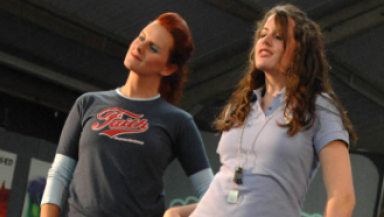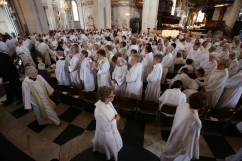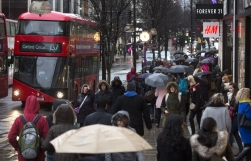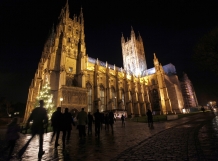Anyone familiar with the Church of England understands that at all the big celebrations, it was long traditional for the men to dress more beautifully than the women. But with the advent of women clergy and bishops, now the divide is more between clergy and laity than between the sexes.
Few who admire the gorgeous colours and gold-embroidered robes, mostly relics of ancient day dress worn in the Roman Empire, might realise that clergy have little choice in what they wear for each service. Their vestments are prescribed by Canon Law, liturgical rubrics or both.

And of course it has been an unofficial truth that many, especially in the evangelical wing of the Church, choose anyway to ignore the law, and wear what they want. Some have hardly ever let their necks be bound by a clerical collar, itself not added to the clergy wardrobe until the early 19th century. They often prefer a tie or open-necked shirt, and would not be seen, alive or dead, in a chasuble.
Now the habit of dressing down on Sundays is to become legal for the first time as the General Synod prepares to debate a new law to allow clergy to wear casual clothes during services so long as they make sure to be "seemly". This even takes in dress deemed appropriate for youth services, such as jeans and hoodies.
The synod is to be asked to vote on whether traditional vestments should become optional to "benefit the mission of the church".
"Where the minister departed from the normal requirements as to vesture, the dress adopted by the minister should be seemly," says a synod consultation paper.
Currently, a surplice or alb with scarf or stole must be worn at holy communion, morning and evening prayer on Sundays and at weddings, funerals and baptisms.
Church of England and Roman Catholic vestments derive from Roman dress, which was retained by clergy in the emerging Church and has survived for two millennia. A synod background paper says: "The 'fossilisation' of day dress for liturgical functions is paralleled in other areas of life where particular costume has been retained in special circumstances after it has passed out of daily use, for example the legal profession."
The paper continues: "The custom of clergy wearing distinctive vesture has clearly established an expectation on the part of many people over centuries that clergy will be vested, even if that expectation is no longer as strong or as unquestioned as it once was."
The paper says vesture helps mark worship as "an activity commanding reverence, stillness and attention to God." Distinctive vesture aims to focus attention "on the high purpose of worship", it says.
At a synod press briefing, the Bishop of Liverpool Paul Bayes said: "The Church is in conversation about these things. It would be presumptuous and impertinent of me to speak for the Church today in terms of the rationale."
He said that currently it was controlled by Canon Law. "If that canonical compulsion were to be relaxed some people say then the Church would be more relevant to the modern society and they believe that passionately. Others say that if that were to happen the Church wold lose some of its distinctiveness. The conversation between those points of view is the conversation we will be having."
















